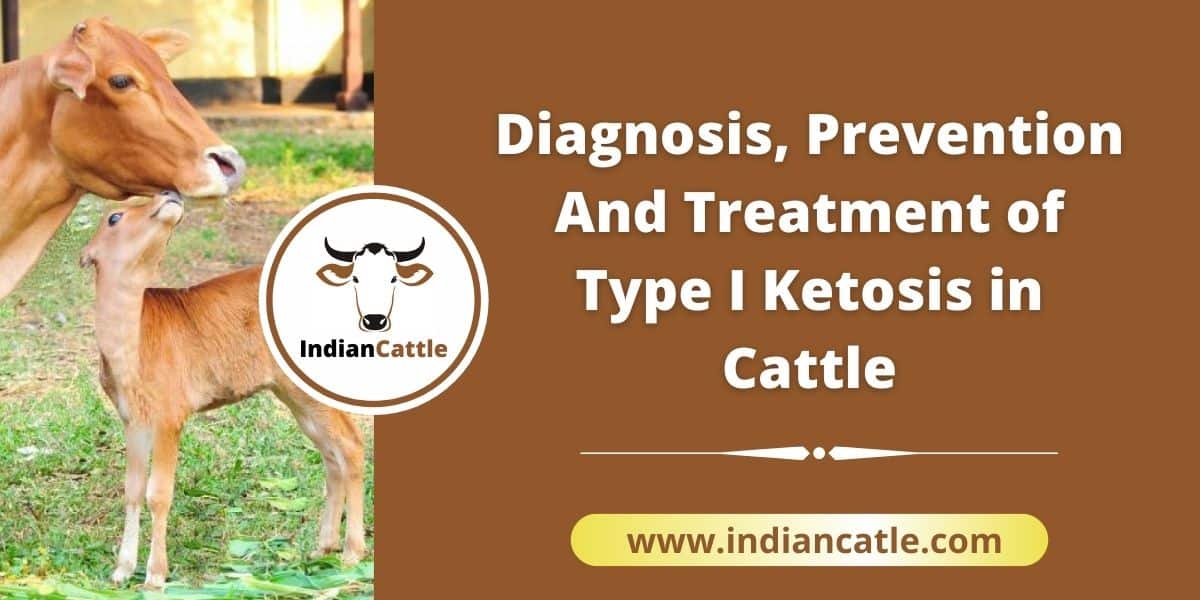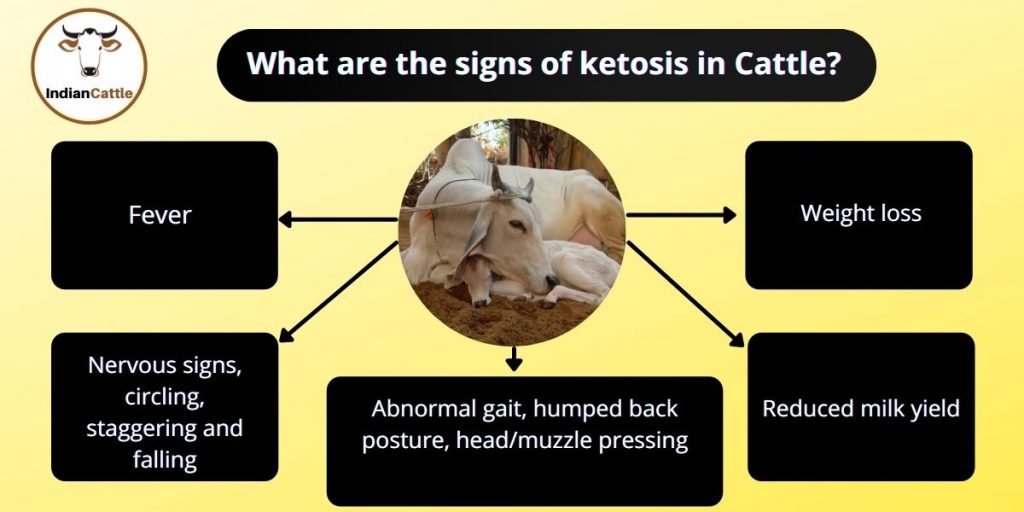
Diagnosis, Prevention And Treatment of Type I Ketosis in Cattle
What is Ketosis?
Ketosis (acetonaemia) is a metabolic disease in cattle due to the increased ketone bodies in the blood. The disease is a result of impaired carbohydrate metabolism, deficient glucogenic volatile fatty acid leading to mobilization of body weight and production of ketones. High levels of ketones lead to toxic effects such as, ketonemia, ketonuria, hypoglycaemia and low level of hepatic glycogen. Cows that are high producers but have low body condition score at calving are at high risk. Ketosis results when sudden high milk production is not supported by adequate and energy availability. Ketosis has huge negative impact on milk production and fertility. The disease occurs usually after two weeks of calving when the cow is coming in peak milk production. A classical sign is a sudden drop in milk production and losing of body conditions. The incidence in the farm is closely related to nutrition and farm management practices, especially the intensive farms where there is inadequate transition management. Depending upon pathology, ketosis is classified into Type I and Type II. Type I typically occurs 2-3 weeks post-calving whereas Type II occurs immediately after calving. Type I is characterized by hypoglycaemia whereas in Type II due to insulin deficiency hyperglycaemia is the laboratory finding.
Etiology: Ketosis in cattle occurs in ruminants at times when they are subjected to heavier demands on their resources of glucose or glycogen. That can be met by their digestive and metabolic activity.
- The high protein level in the diet.
- Ensilage and other succulent material may be highly ketogenic
- In sheep, increased demand of energy in the later part of pregnancy
- Decline nutrition during the last two months of pregnancy specially in ewes that are carrying twins.
- Impaired hepatic function
- Exposure to heavy worm infestation.
Susceptible Animals: Cows and sheep
Clinical Symptoms:

There are two forms:
- Wasting form:Fever, decrease inappetence and sudden drop in milk yield, the feed refusal is of grains but cow may continue to eat hay. The cow loses weight rapidly with a dull coat, acetone smell to breath and urine. Faeces may be firm and dry. Severely affected cows may show signs of partial blindness and circling.
- Nervous form: Short-term fatigue, walking in circles, head pushing leaning against wall, apparent blindness, vigorous licking of skin and inanimate objects, chewing movements with salivation and hyperaesthesia.
Post Mortem Lesions: The mortality rate is very low. In some cases, liver may appear pale yellow due to fatty acid infiltration.
Specimen for Laboratory Examination: Blood, Milk, and urine
Differential diagnosis: As the animal may show nervous signs this condition has to be differentiated from rabies, trypanosomiasis, listeriosis lead poisoning, etc.
Diagnosis of Ketosis
- Clinical symptoms.
- Lactation status and milk yield
- Detection of ketone bodies in urine/milk
Treatment for Ketosis in Cattle
- The initial aim of treatment is to restore the lack of glucose in the body and reducing serum ketone body concentrations. A quick-acting glucose supplement is required immediately. Glucose25% 300-500 ml I/v
- Glycerine 225 gm twice daily for two days followed by 110 gm daily for two days to cattle, as a drench. In sheep Lactated Ringers solution i/v.
- Many long-acting corticosteroids have been beneficial effects in ketosis. Corticosteroids have the ability to break down the protein in muscles to produce glucose, which immediately replenishes the depressed blood glucose level.
Prevention and control:
It is important to prevent ketosis rather than treatment, which depends on adequate feeding and management practices viz. encourage greater dry matter intake, use feed additives, maintaining feed intake in late gestation and avoiding over conditioning cows during late lactation and the dry period and apply prophylactic treatment. Occasionally, very high milk-producing cows will be susceptible to ketosis. In such cases, a preventive drenching programme of propylene glycol immediately after calving may avert ketosis in individual problem cows.
You may like to read: Treatment and Prevention of Black Quarter Disease in Cattle
| Dr. V. M. Bhuktar
Former I/c Joint Commissioner A. H. Western Regional Disease Diagnostic Laboratory (WRDDL) Pune M.S |
Dr. D. M. Chavan
Former Additional Commissioner of Animal Husbandary, Maharashtra |
